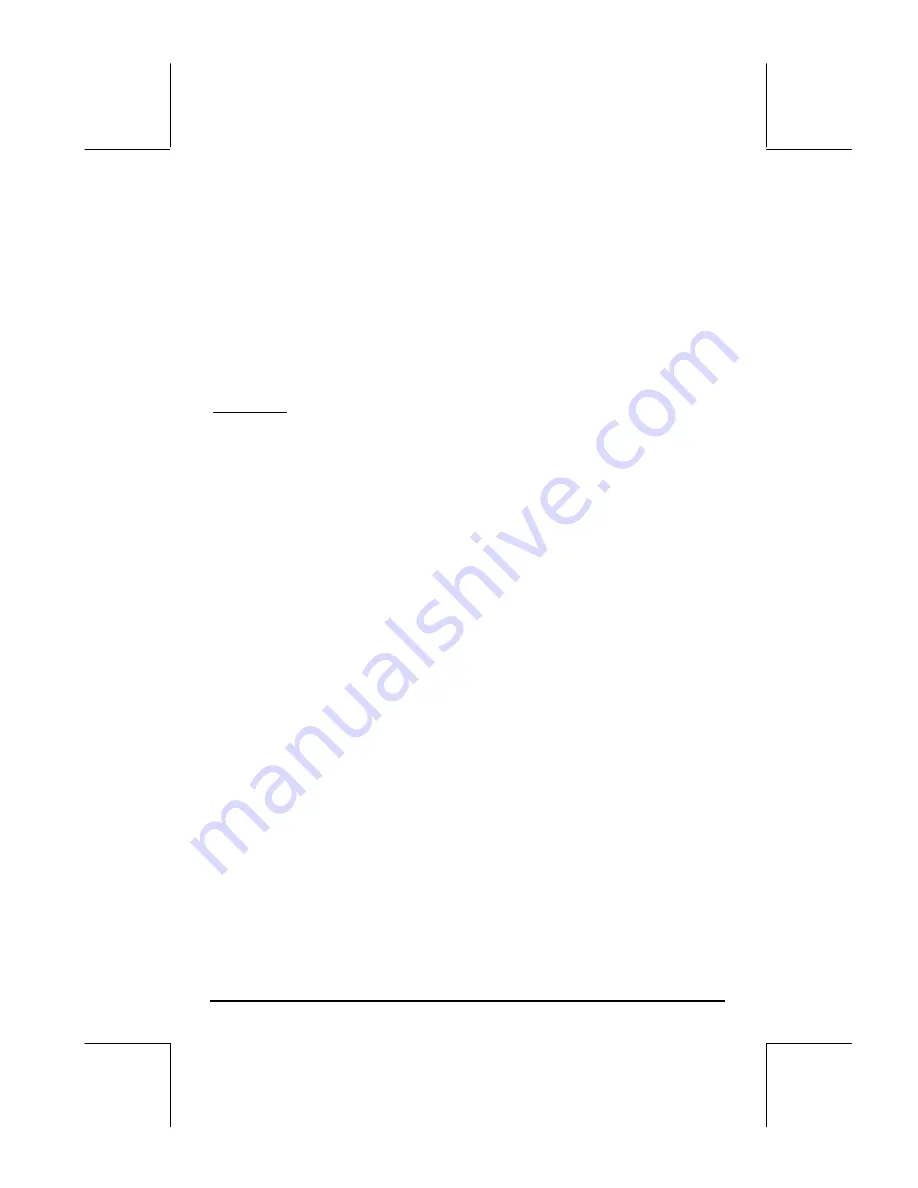
Page 22-27
Animating a collection of graphics
The calculator provides the function ANIMATE to animate a number of
graphics that have been placed in the stack. You can generate a graph in the
graphics screen by using the commands in the PLOT and PICT menus. To
place the generated graph in the stack, use PICT RCL. When you have
n
graphs in levels
n
through
1
of the stack, you can simply use the command
n
ANIMATE to produce an animation made of the graphs you placed in the
stack.
Example 1 – Animating a ripple in a water surface
As an example, type in the following program that generates 11 graphics
showing a circle centered in the middle of the graphics screen and whose
radius increase by a constant value in each subsequent graph.
«
Begin
program
RAD
Set
angle
units
to
radians
131 R
B 64 R
B PDIM
Set PICT to 131
×
64 pixels
0 100 XRNG 0 100 YRNG
Set x- and y-ranges to 0-100
1 11 FOR j
Start loop with j = 1 .. 11
ERASE
Erase current PICT
(50., 50.) ‘5*(j-1)’
NUM
Centers of circles (50,50)
0 ‘2*
π
’
NUM ARC
Draw circle center r = 5(j-1)
PICT RCL
Place current PICT on stack
NEXT
End
FOR-NEXT
loop
11
ANIMATE
Animate
»
End
program
Store this program in a variable called PANIM (Plot ANIMation). To run the
program press
J
(if needed)
@PANIM
. It takes the calculator more than one
minute to generate the graphs and get the animation going. Therefore, be
really patient here. You will see the hourglass symbol up in the screen for
what seems a long time before the animation, resembling the ripples
produced by a pebble dropped on the surface of a body of quiescent water,
appears in the screen. To stop the animation, press
$
.






























